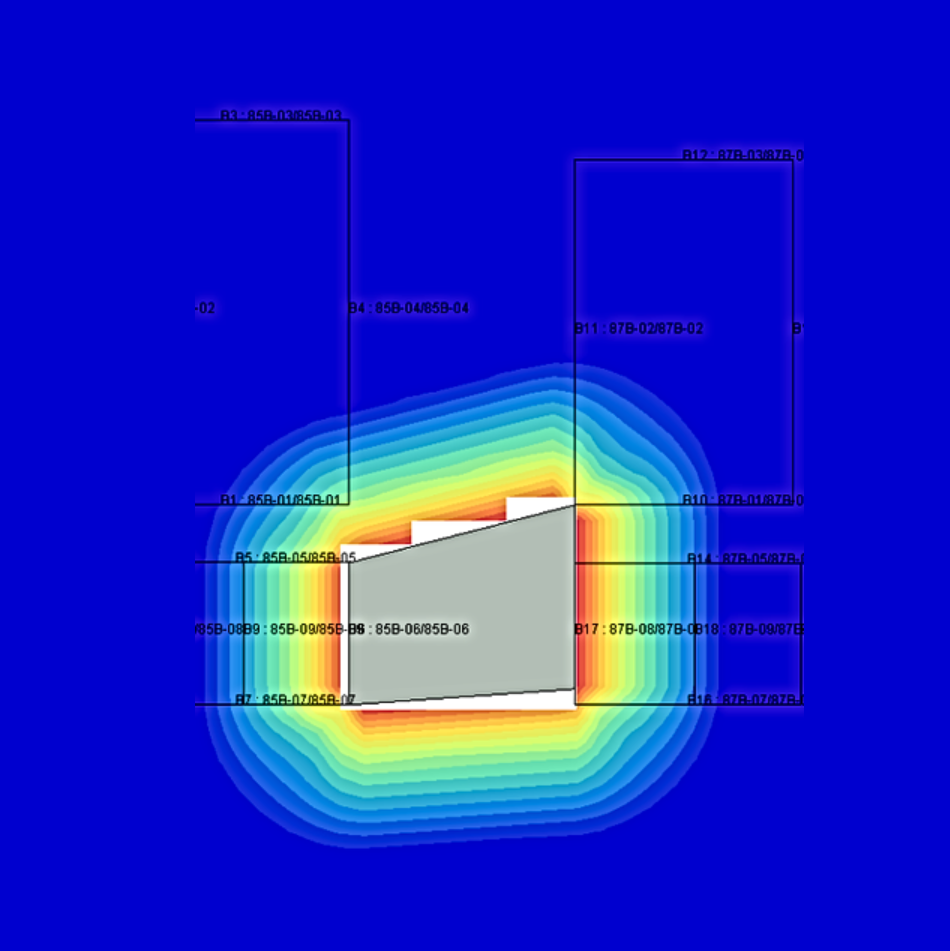BIA & GMA
Basement Impact Assessments (BIA)
& Ground Movement Assessments (GMA)
The construction of basements in new or existing developments is becoming more common, particularly across London and the South East.
The BIA process includes an assessment of ground conditions as well as surface water and groundwater conditions. The objective is to establish the impact of the proposed basement on surface and groundwater, and the potential for ground movements arising from the basement development as well as any impact on adjoining or neighbouring properties.
Ground Movement Assessments are undertaken in accordance with CIRIA C580/Burland damage criteria. We prepare a 3D model of the proposed basement and model the impact on adjacent buildings, structures and buried utilities, as required.
Jomas have completed many Basement Impact Assessments and Ground Movement Assessments for sites in Camden, Haringey, Hackney and Tower Hamlets, amongst others across London and the South East.
Hydrogeological Assessments
The requirement for three-dimensional flow analysis and hydrogeological impact assessment is becoming increasingly common as part of the BIA process. We also had requests for such analyses from party wall engineers and Historic England for sites where any proposed below-ground elements have an impact on the existing groundwater flow regime. These are also now explicitly referenced in Camden CPG4 and scheme planning conditions.
Local Authorities have identified basement development as having an impact on flooding, groundwater flow and ground movements/land stability. Both individual and cumulative effects are considered.
The London Borough of Camden adopted CPG4 in April 2011. This guidance presents a five stage process adopted in the consideration of planning applications involving basements in the Borough. It provides a formal and structured approach to identifying potential risks to the actual development and the local area.


